As Corvette enthusiasts, we know that the modern generations of our favorite car last (at most) between 7 to 10 years. This means that as we enter the fourth year of C8 Corvette production, we’re also moving ever closer to the C9 Corvette. Yet, the only tease that GM has really put out about it is that they moved an entire team of engineers and designers from the Camaro and Corvette ICE division to the GM Electric Drivetrains division, and that the C9’s codename (for now) is E-Ray. Confusingly, that’s also the name that Chevy is using for the performance hybrid C8…
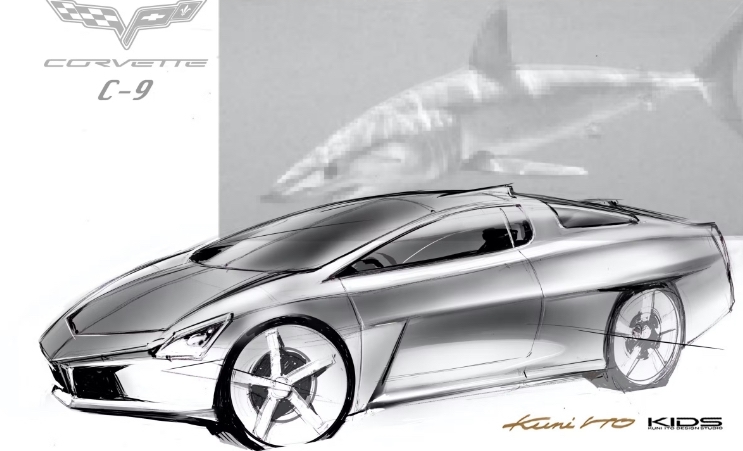
If that wasn’t a big enough “flashing neon sign” stating that the next Corvette will be electric, there was also the announcement earlier this year that the C8, which was originally slated to be ICE all the way to its end of life, will now also include an electric-only version, most likely beginning in 2026 after the Corvette Zora is released.
This means that GM is so confident with the testing and development work so far that they moved their entire schedule forward a couple of years. No matter what, the electric future of the Corvette is nearly dawning. As well, the schedule change may also have been prompted by the White House’s Electric Vehicle Initiative to have a large percentage of cars on the road by 2030 be full EV’s.
Yet, will the C9 still be an American sports car, or could it realistically be the first electric hypercar from the legendary Corvette brand? To find out, we need to examine what the modern definition of a hypercar actually is, as well as speculate about what the C9 would need to bring to the table to be considered a hypercar in the latter half of the decade.
Do keep in mind, however, that as electric cars become more prevalent, the yardstick will more than likely move—so for fairness’ sake, we are looking at the current generation of electric hypercars only.
The Modern Day Trend of Performance Hybrids & Hyper-Electrics
If you look back at the start of the 2010s, there only existed one true hypercar, the Bugatti Veyron 16/4, with its nearly 1,000 HP and a top speed over 250 MPH. It also cost an arm, a leg, one kidney, and your firstborn to be able to buy one, so it was more of a toy for the ultra-wealthy and not a common man’s performance car.
Then, between 2013 and 2015, three brands—Porsche, McLaren, and Ferrari—released performance-hybrid cars that became known as the Holy Trinity of Hypercars. They were not as powerful or as fast as the Veyron, and they were notably less expensive, but they were still toys for the wealthy as each was over $1 million, and they were the first cars to show that hybrid technology could be used to boost performance instead of just making a car more fuel efficient.
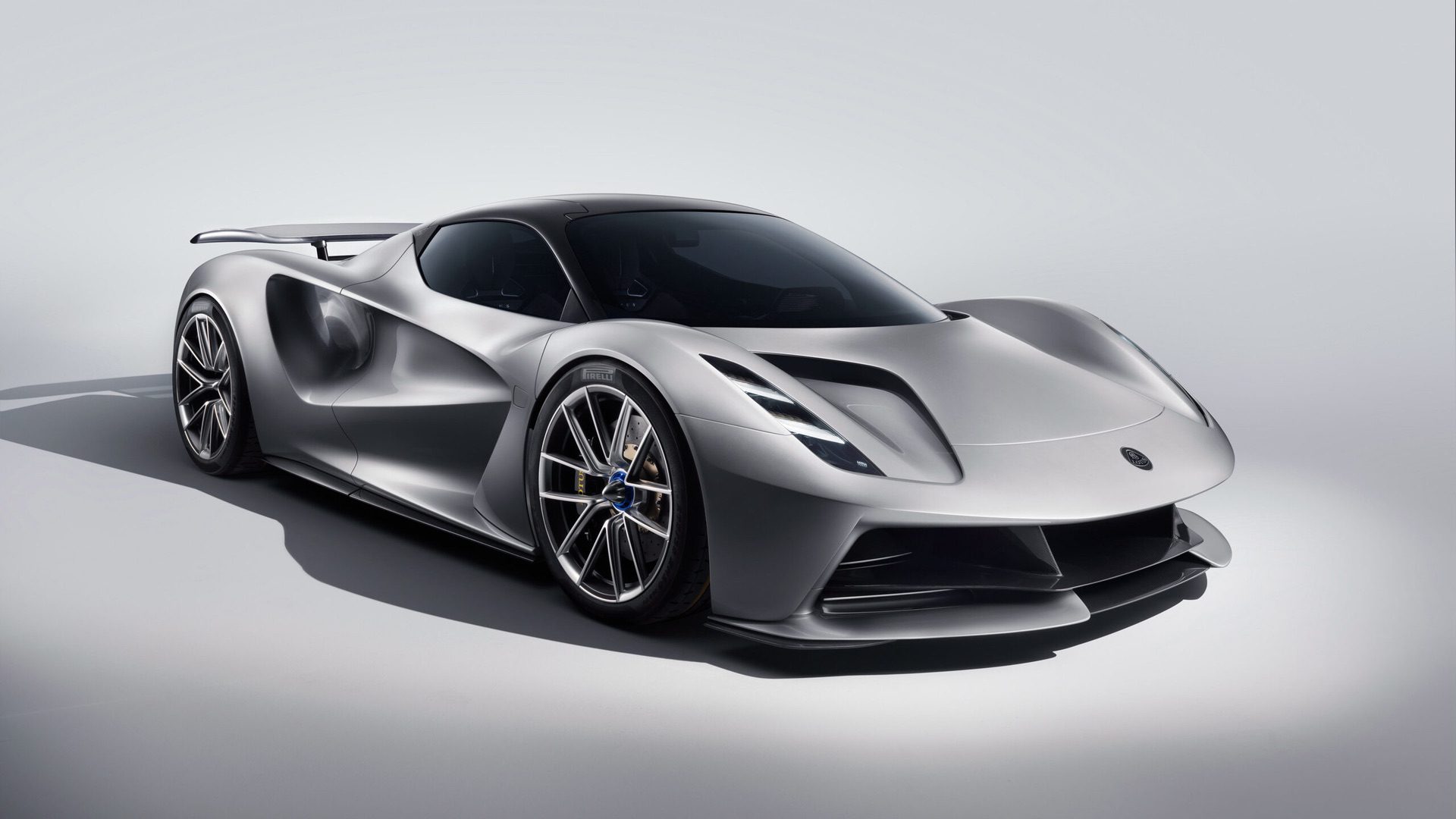
Fast forward to 2020, and there are multiple new electric vehicle makers that are set to release hypercars without an internal combustion engine. The two most prominent, the Lotus Evija and the Rimac Nevara, are already in some owners’ hands, and their real world performance is mindblowing.
The Nevara, for example, will accelerate 0 to 60 in 1.9 seconds, repeatedly and all day. Granted, a Tesla Model S Plaid will do 0-60 in 2.1 seconds, but for that, you have to put the car into a special mode. With the Nevara, just put your foot on the brake, put it into drive, floor the accelerator, and release the brake—no special mode needed. As there is no transmission (and as all of the torque for all four wheels is available at 0 RPM), it simply gets up and, as Jeremy Clarkson once stated in The Grand Tour, “just f**ks off” into the distance.
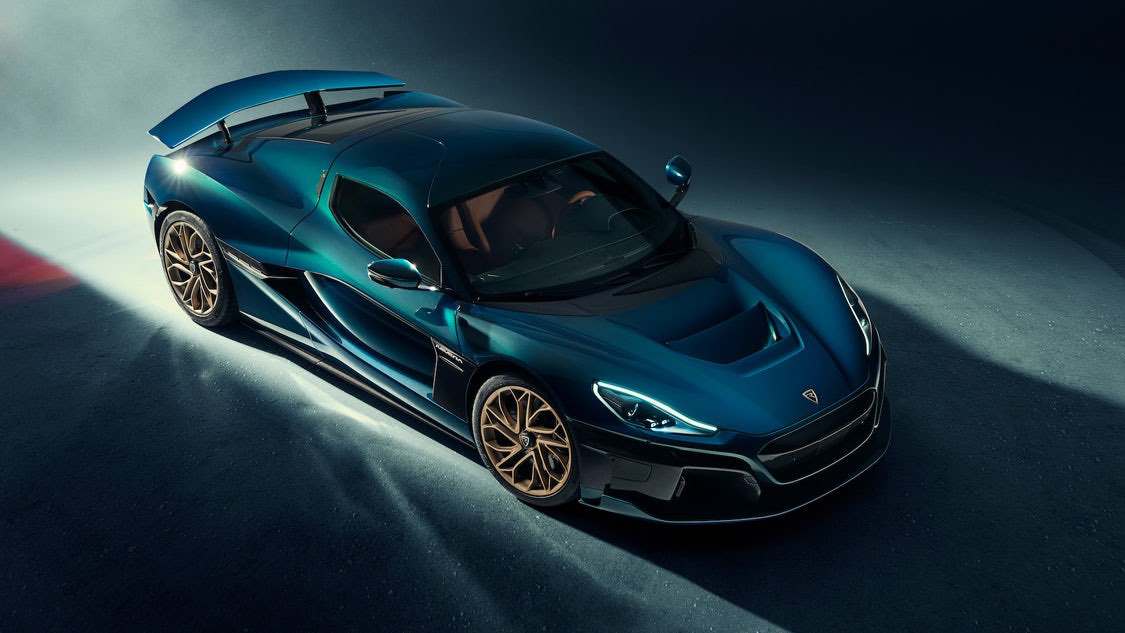
The reason to mention all of these cars is that we are now in an age where an electric vehicle is not a cheap, plastic crapbox with a range of about five feet. We now have extended range EVs coming from Audi, Porsche, Hyundai, Kia, Toyota, and pretty much every other major manufacturer. Chevrolet even has a successful EV in the form of the Bolt EV, with several EV trucks and SUVs coming in 2023.
Yet, there is a big difference between an electric econobox hatchback and an electric sports car. Porsche and Audi are the two that have really found that balance, with the wildly successful Taycan and the e-Tron GT respectively. They were both billion dollar projects, however, and that is reflected in their prices at or (well) North of $100,000.
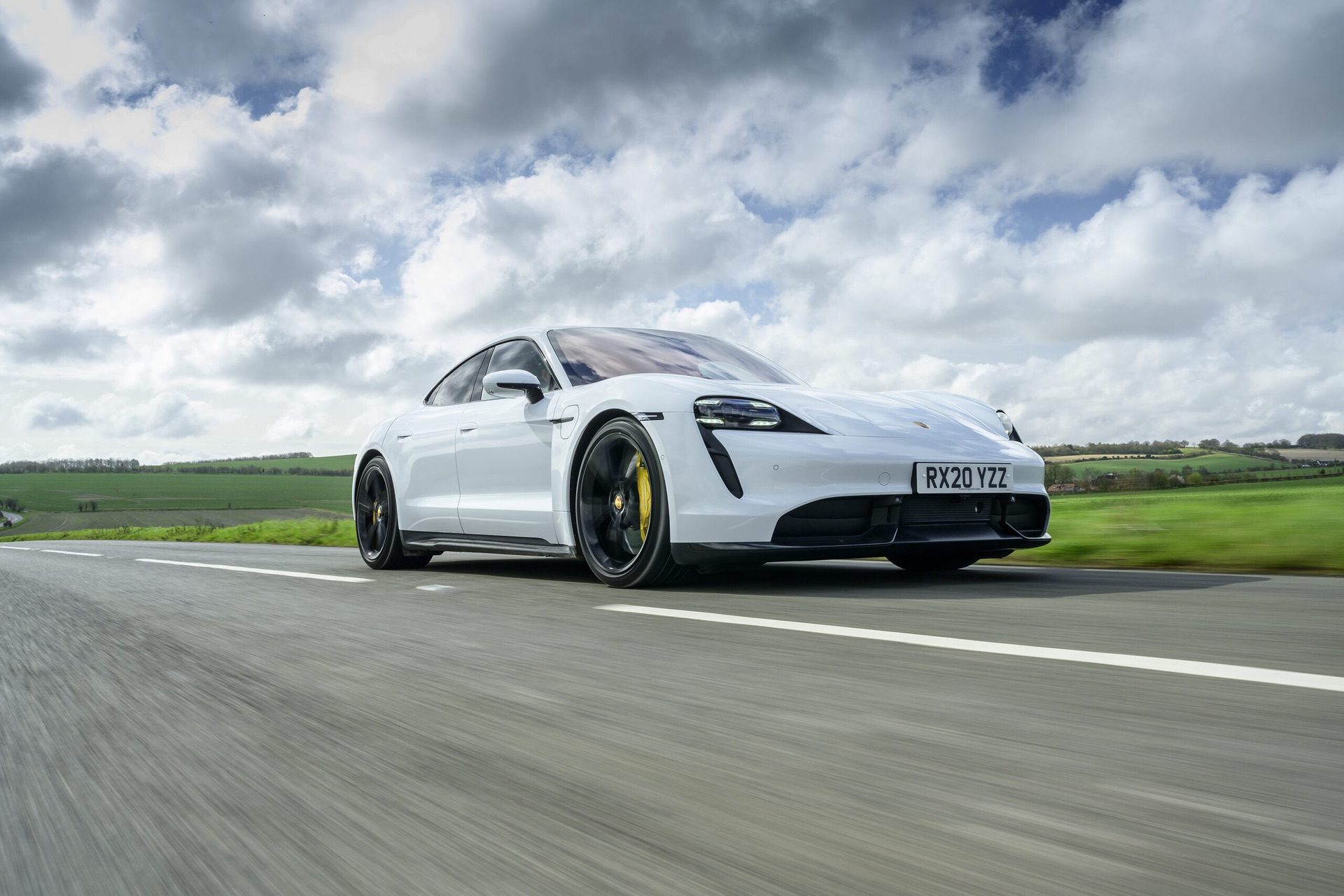
So what about performance hybrids? The Corvette C8 is already headed in that direction, with the Grand Sport model carrying a hybrid motor for the front wheels, and the ZORA supercar utilizing individual motors for either front wheel. Even though the ZORA will generate approximately 1,000 HP between its ICE V8 and electric drive motors, it is possibly arriving too late in the hypercar game to claim that title, as the yardsticks will have likely moved by then. Even if the Zora fails to gain the status of a hypercar, it will still be stonkingly fast.
It will be in the same company as the recently discontinued Honda NSX, a superb performance hybrid car that used a V6 and three hybrid motors to become recognized as one of the best supercars of the past decade. The British supercar maker McLaren is also going down the performance hybrid route with the new Artura model. The Artura utilizes a turbo V6 and three electric motors to achieve peak performance.
Yet, this article is looking at the future of Corvette, and that leads us to the big questions…
What Would The C9 Need to Bring to Be Considered a Hypercar?
First, we need to consider what electric hypercars that are already in production are bringing to the table. We can use that to extrapolate the characteristics needed for the C9 to be considered a true hypercar.
Power & Handling
The Lotus Evija and the Rimac Nevara have either four axle motors (Nevara), or four independent per-wheel motors (Evija). Both make a near-as-makes-no-difference 2,000 HP per car. It should be noted that while that is their maximum power, both can be dialed down to about 1,600 HP for “cruising/long distance” modes.
That will be the first milestone, and a pretty fair one at that. Two or four motors with a combined output of 1,600 HP.
Next, we need to consider how each car has their batteries laid out. Most affordable EVs these days are built on what is known as the “skateboard” model, where the batteries make up the floor of the car.
For the hypercars, however, there are two ingenious styles of battery distribution. The first, the Nevara, uses what would be the transmission tunnel in a normal car to hold battery stacks, which spread out behind the seats to make a T-shaped chassis member that keeps the weight centered and low.
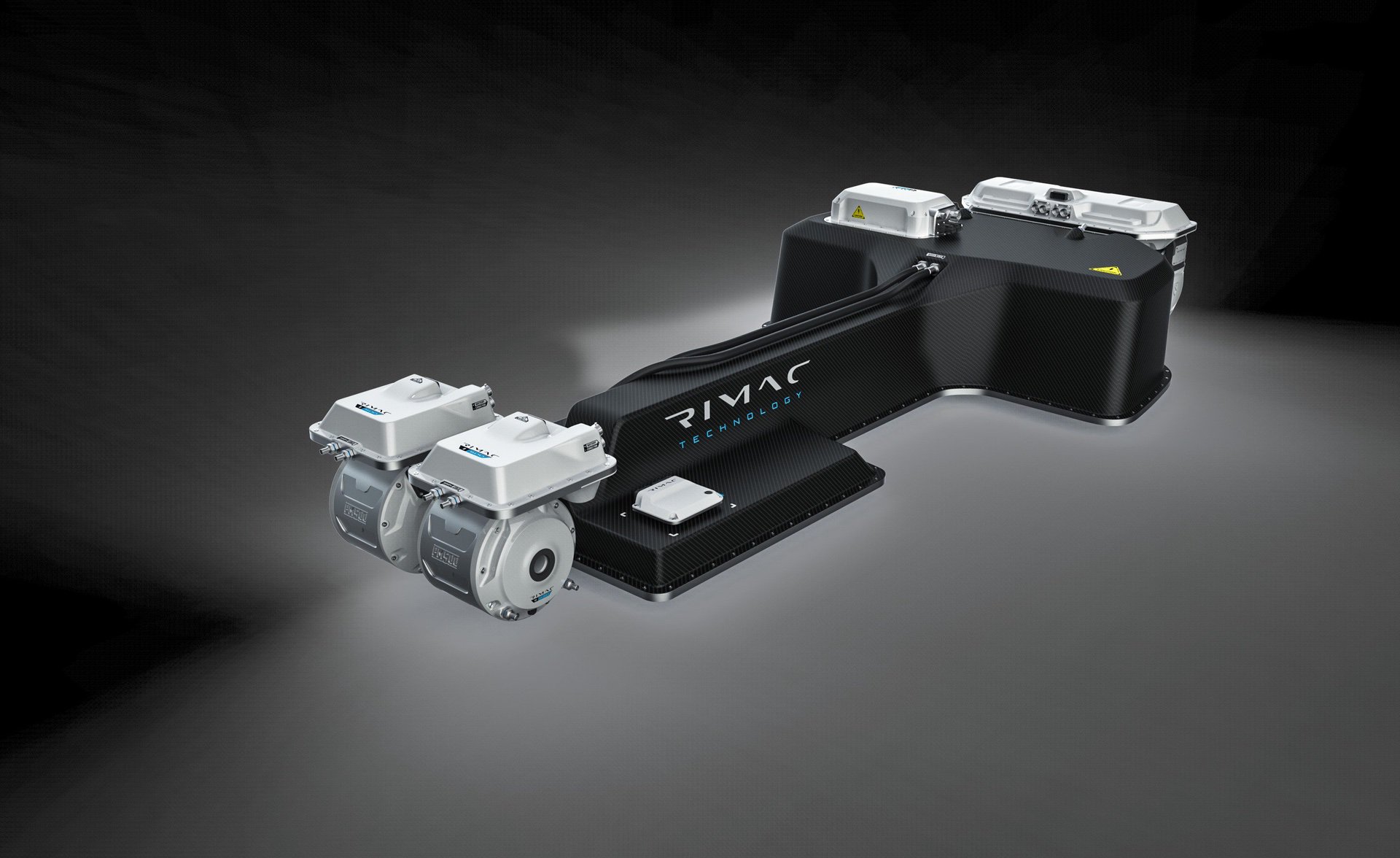
The other style is used by the Lotus Evija, which uses a full battery stack in the mid-mount point of the car. To think of it in Corvette terms, instead of the V8 being where it is in the standard C8, it would be replaced with a battery stack of the same approximate size to keep the handling characteristics of the car mostly the same.
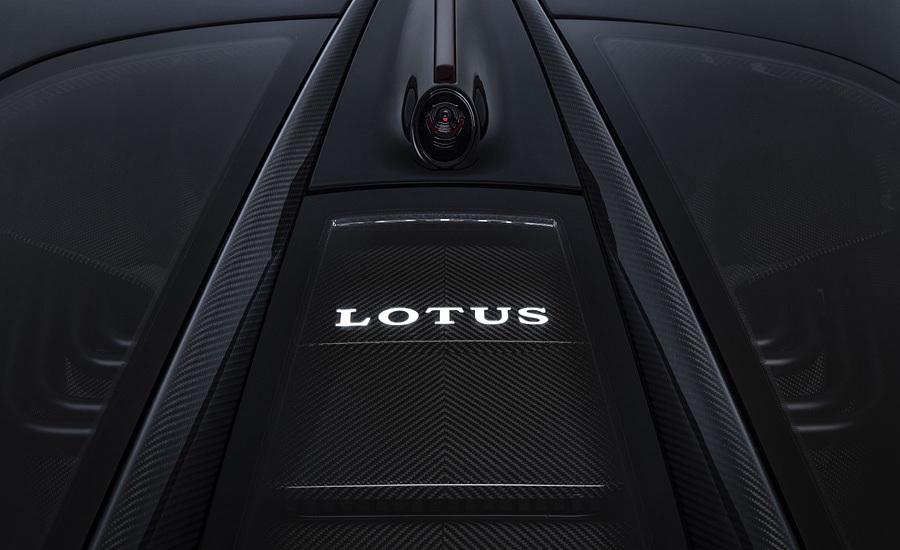
The advantage of both models is that they allow for a lot of batteries to be placed in positions and layouts that do not negatively affect the handling of each car. With the advances in battery technologies and the ability to stack, both electric hypercars will have ranges that are no shorter than 200 miles, even at full blast, 100% power.
Range
The C9 would need not only a battery distribution that makes the car handle well, but one that gives it a range of no less than 200 miles. Some performance EVs have ranges up to 400 miles, like the Porsche Taycan S, so it would be fair to set the expectation at between 300 to 400 miles on average.
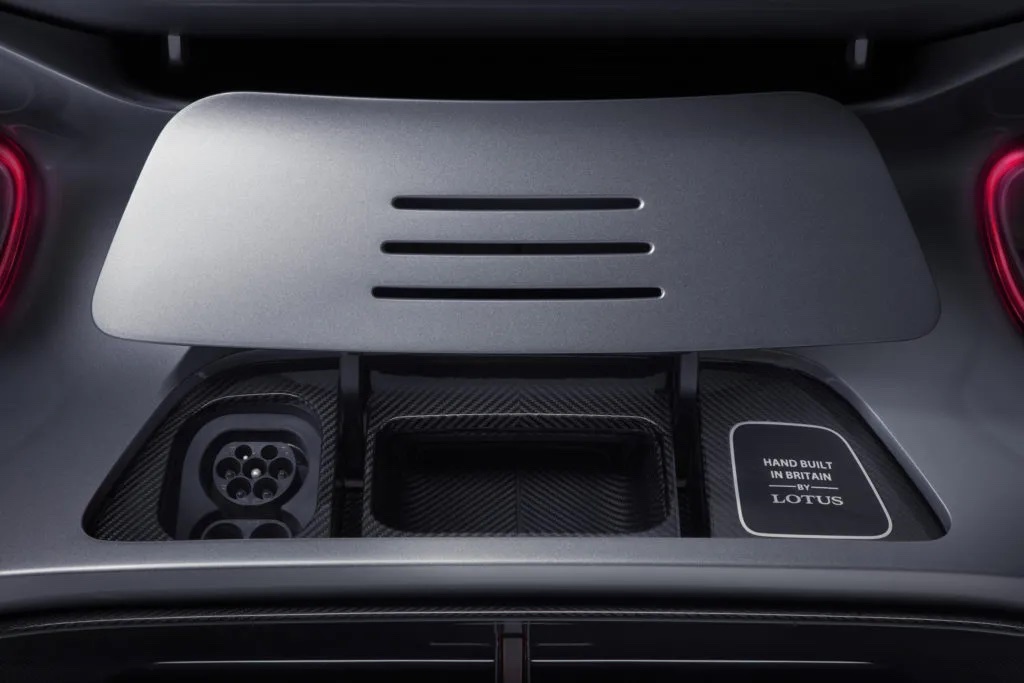
Charging & Power Delivery
The last thing that the C9 would need to be considered a hypercar is to have the same type of charging and distribution power that the current electric hypercars have. Because of the massive battery packs and the fact that the motors need a lot of power very quickly to perform their best, all of the current EV hypercars have CCS Type 1 (North America) or Type 2 (Europe) charge ports, and use an 800V internal network for charging and distribution.
As an example, if you were to find a fully unlocked charge station with no other cars around, the Rimac Nevara’s 128 kWh battery can be charged at up to 500 kW. More realistically, you’d want to charge at a 300 kW station, and in that case the Nevara will charge in about an hour from 10% to 80%. Without the 800V capability, charging these hypercars would be a long, arduous process, as even on a 240V home charge port, it takes almost a full day to charge up a Nevara.
So, for this milestone, the Corvette C9 would need to have at least a 400V to 800V charge capability and distribution network, and would need to have a full CCS Type 1 or 2 charge port depending on where it is being sold. Any less than that, and it would be a great supercar, but not a hypercar.
To recap, the three milestones that we think the Corvette C9 would need to meet to be considered an electric hypercar are:
- Minimum 1,600 HP when the power unit is turned up to 100%
- 300+ miles in range
- 400V to 800V charge capability and distribution, with a charge time at a fully unlocked supercharger or high-charge station of about an hour from 10% to 80%
What Is Already Known & Where We Think Things Are Headed
Keep in mind, that entire previous section was when we put our heads together and really hammered out what the bare minimums would need to be to make the C9 into a hypercar. The reality is that as with the C8, there are very likely going to be multiple models and specs of the E-Ray.
Every single Corvette generation has had multiple specs, including the different engines a C1 could come with, so it’s expected that there would be a base model (C8 equivalent), a peppier model (C8 Z06 equivalent), a Grand Sport (the C8 performance hybrid), and a top of the range ZR1 or ZORA model, which is where we think the hypercar specs would be placed.
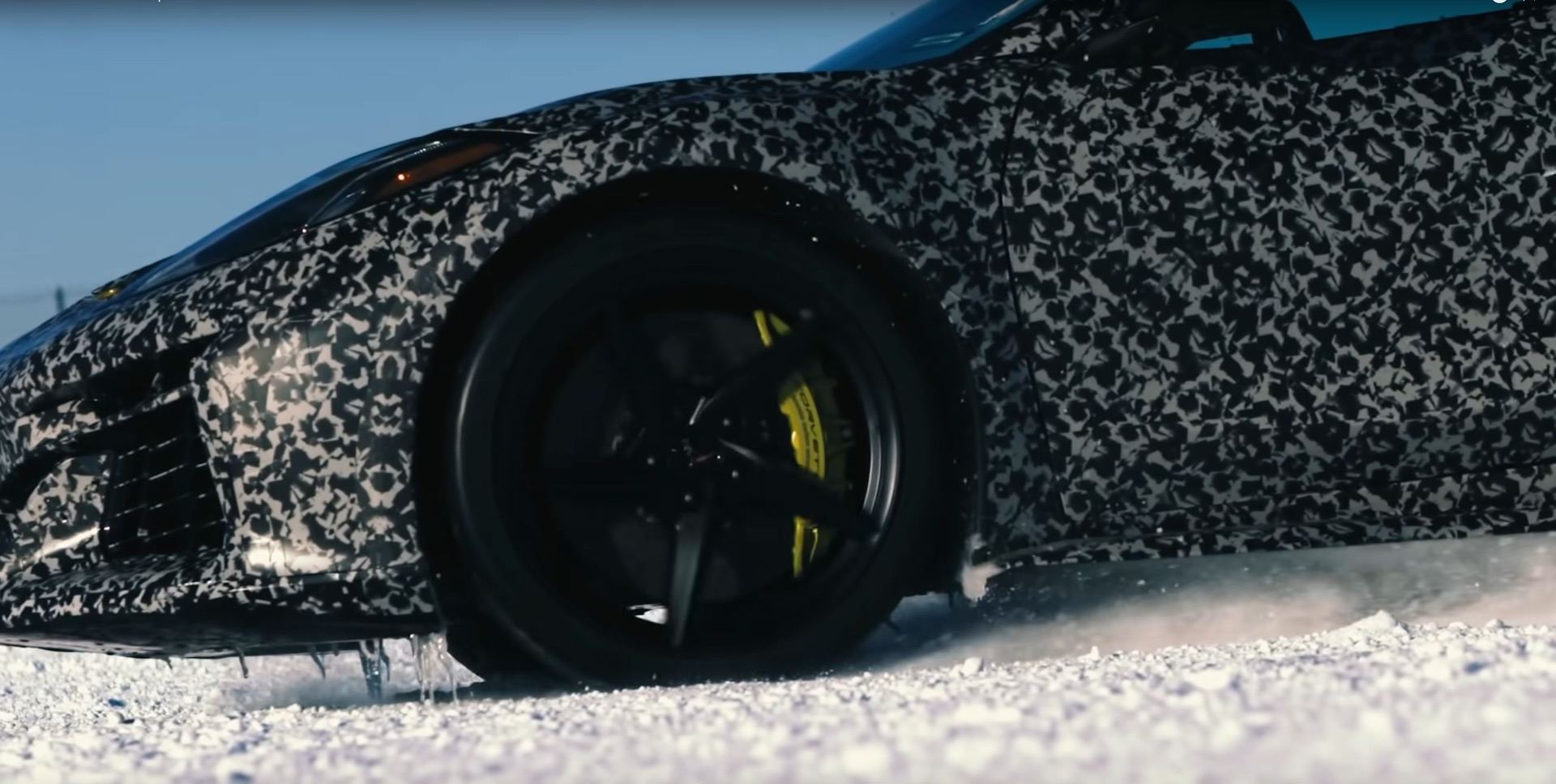
We already know, as well, that despite every piece of information out of Chevrolet and GM up to the end of Q1 2022 stating that there will only be a performance hybrid version of the C8 with no fully electric version, there will in fact be an EV version of the C8.
How it will be marketed and sold, however, is where the mystery lies. Will it be a special edition? Will it be the ZR1 of the C8 range? How much will it cost? These are all good questions, and frankly, we won’t know the answers until 2024 or 2025 at the earliest, when the Grand Sport is released with the performance hybrid drivetrain.
Potential Pricing & Value
It is our shared belief, however, that for the cost side of things, it will be either a stunningly low price, or a ridiculously high one. This is because the Chevy Bolt, despite being a full EV with a good charging system and really effective power for such a small car, is less expensive than almost any other EV on the market.
On top of that, if you buy a Bolt, Chevy will give you a 240V home charger and help you install it, at no extra cost. 0 to 60 is 6.5 seconds, 260 miles per charge, and capable of handling both cold and hot weather, for $31,500.

As such, if adoption of performance EVs is in Chevrolet’s brief, we’re expecting a C9 EV to be closer to a fully kitted out Z06, so it’s likely to be between $160,000 to $200,000 for the base model. It’s expensive, but consider that if it provides the same 650 HP as a Z06, and drives like a Z06, it’s a very affordable car. This is compared to the hypercars in the previous section, each of which are in the multiples of millions of dollars per car.
That said, if the top spec C9 will be positioned to be GM’s first electric hypercar, a price tag of $500,000 or more seems more than fair. Remember, the C5 to C7 generations barely made back their development costs, and each car of the C8 generation is selling at a net loss to Chevrolet. A C9 ZR1 hypercar at $500,000, then, would still make the Corvette the sports car for the common man—just a wealthier common man.
After all is said and done, however, the truth of it is that we simply won’t know if the C9 will be positioned in hypercar territory until we learn the base specs of the first C9 model, and we have a fair few years to wait for that. Still, it would be nice to have the Corvette name up there with others like Ferrari, Porsche, Rimac, Lotus, and the like as hypercars.


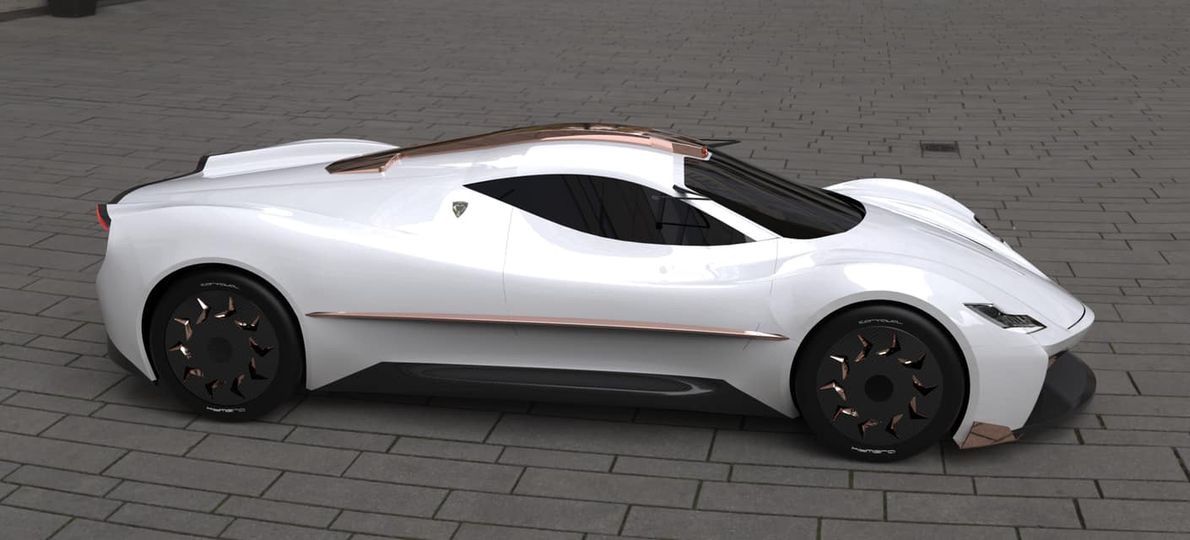
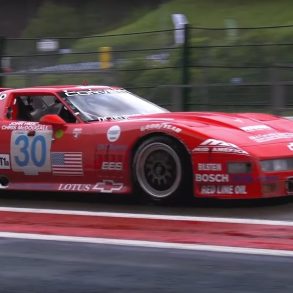
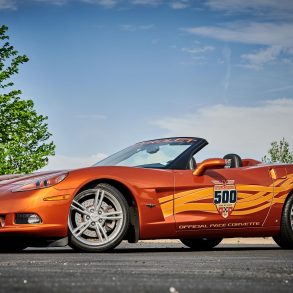
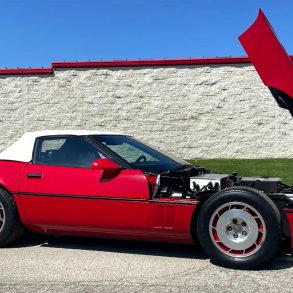
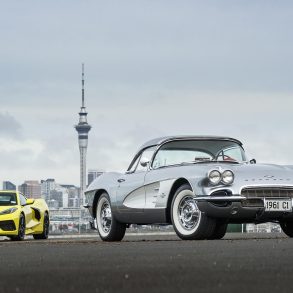
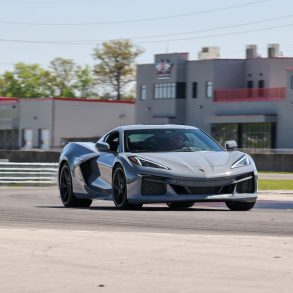
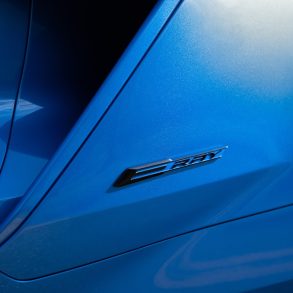
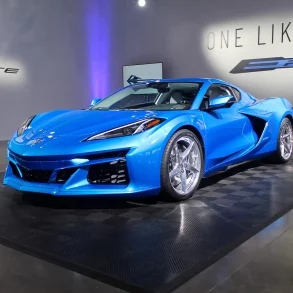
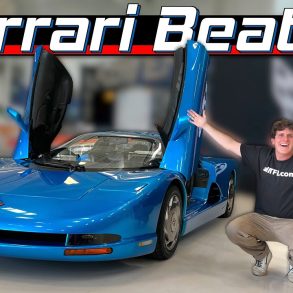

You may want to check your source, gm is bringing back the LS engine for the C9.